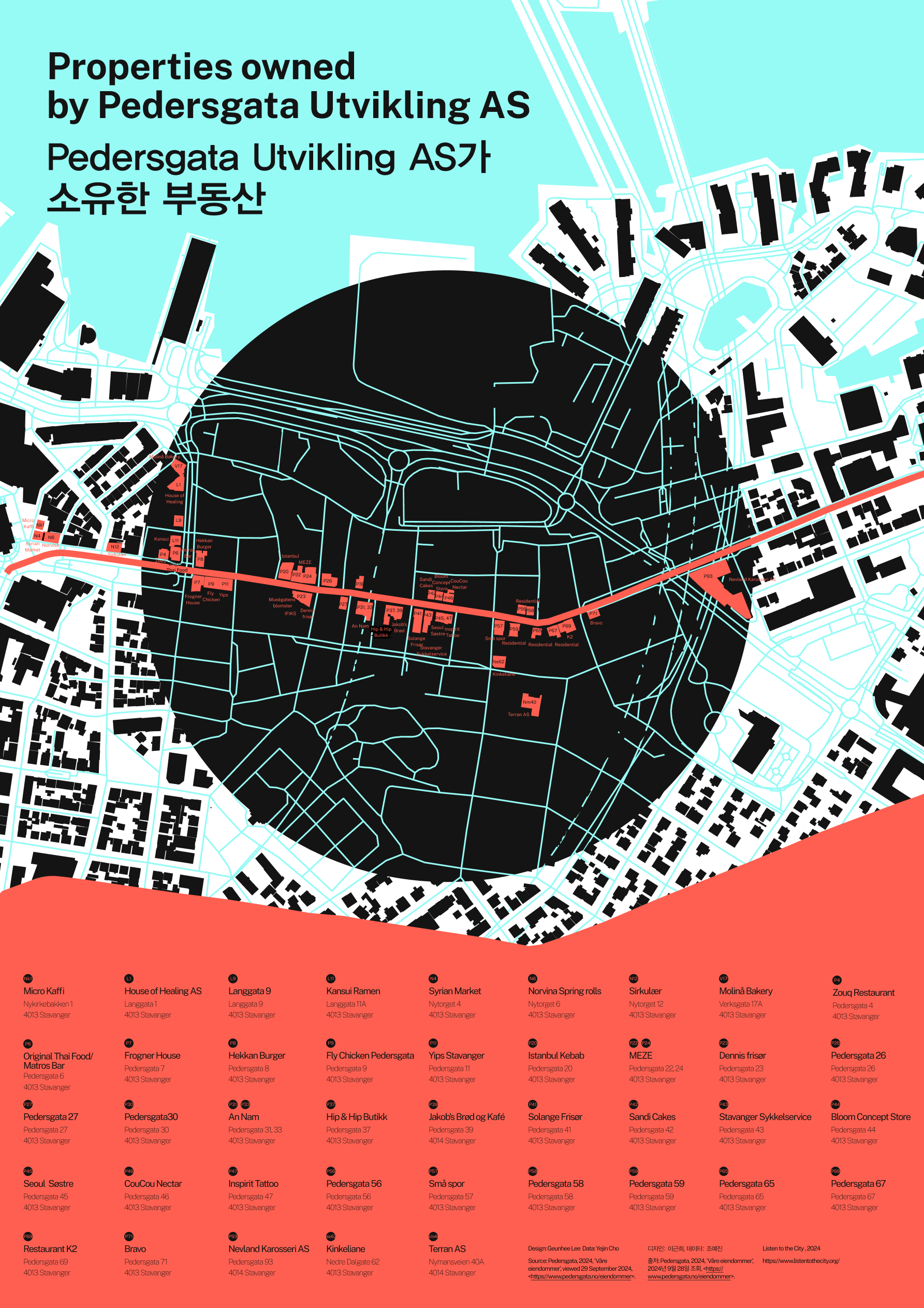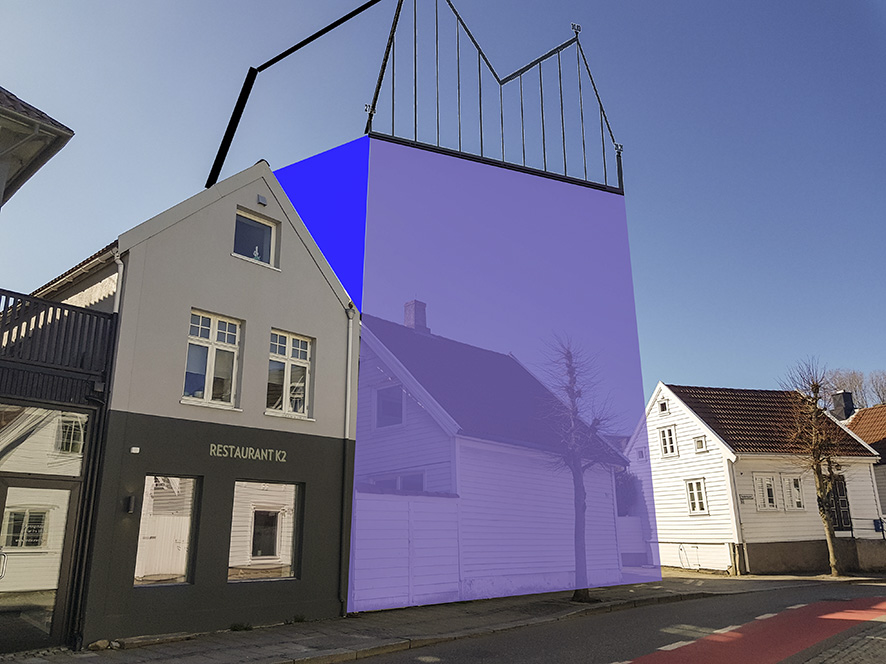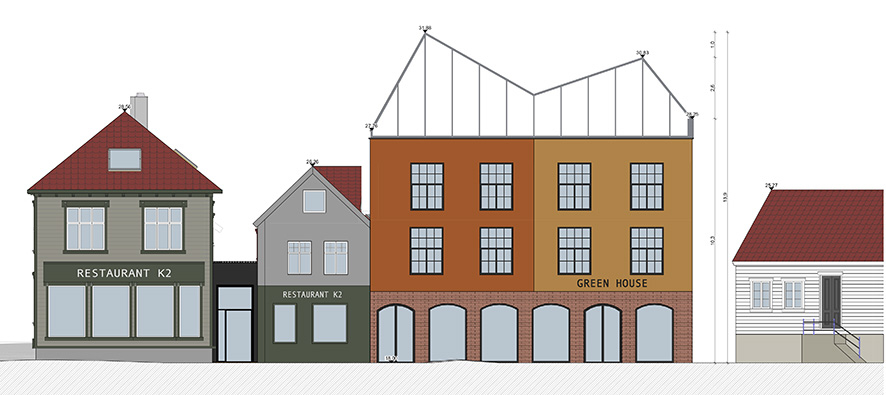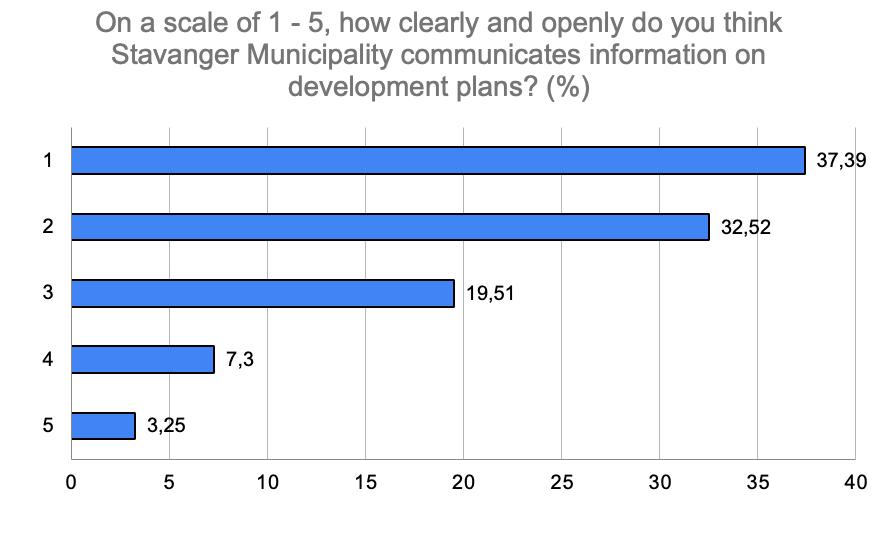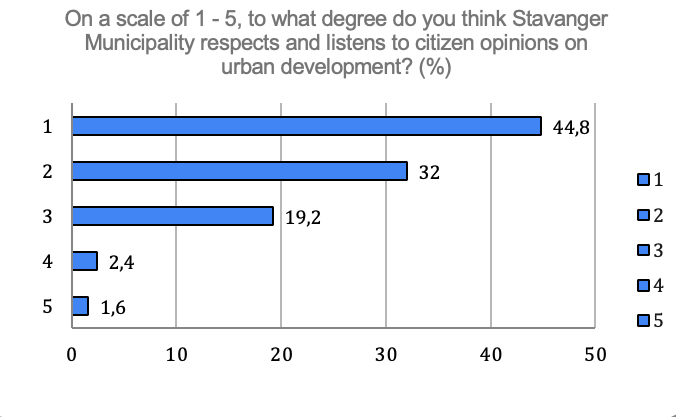1.0.Background
While on a field trip from Nytorget to Badedammen, I noticed a street lined with similar-looking shops. This street, about 800 meters long, was Pedersgata, an area dense with traditional wooden houses. Even though I had no prior information about this area, I immediately sensed that gentrification was underway. The presence of similarly designed restaurants and cafes, along with multiple homes being remodeled or rebuilt into commercial spaces, made it evident. The gentrification of Pedersgata is both “ordinary” and extraordinary at the same time. It's ordinary because gentrification is a global phenomenon, but it's extraordinary due to the blatant monopoly occurring here.
Pedersgata Utvikling, a company funded by the London-based investment firm Smedvig, has acquired 65% of the residential properties and 75% of the commercial spaces on the street. While the rapid growth of real estate capital is a common global issue, it is rare for a single company to own over 75% of the buildings on one street. While individual buildings may be privately owned, the street itself is a public space created by many people. As a result of this monopolistic control, the exteriors of all the shops look similar, giving the impression of being on a movie set. However, the similarity in building facades may not be the biggest issue.
In any free economic country, when a single entity occupies more than 50% of a market, it is considered a monopoly. Because monopolies are among the greatest threats to a market economy, almost all countries in OECD and the U.S. have enacted antitrust laws. Despite the problems caused by monopolistic control over a street, Pedersgata Utvikling has been praised with rhetoric like “revitalizing an old street” or ”saving the city from crime.” It is interesting to note that many people were positive about Pedersgata Utvikling purchasing houses, especially since some of the properties were vacant or in poor condition.
However, tenant displacement, rent increases, and an unstable rental system became significant issues. In the case of Jacobsen Blomster, a flower shop that had been in business on Pedersgata for 75 years, they were forced to leave Pedersgata in 2020 after Pedersgata Utvikling became the landlord, raised the rent, and imposed a controlled revenue system (Storhaug Bydelsavis, 2022). Other businesses, such as the African supermarket, were also unable to renew their leases and left the street. Through 21 in-depth interviews including Pedersgata Utvikling's CEO Anders Ohm, I was able to summarize the current issues related to monopolistic practices.
